Coffee trends go in and out of style at an increasingly rapid pace, but a well-crafted blend is something that will always be en vogue. At FreeForm, we're equally pleased to offer a wide variety of seasonal single origin coffees as well as an ever-growing selection of signature blends. In this journal entry, we'll take a brief look at the history of blending coffee, discuss the difference between blends and single origin coffees, why we blend coffees, and which of our signature blends may be for you.
What's a coffee blend and how does it differ from single origin coffee?
Simply put, a coffee blend combines roasted beans grown in different regions of the world to create a unique composition of flavor, acidity, and body. Whereas single origin coffees come from a specific farm, cooperative, or region within a country.
Is a single origin coffee better than a blend (or vice versa)?
It depends on who you ask and what their preferences are. It is said that beauty is in the eye of the beholder, so too are coffee preferences strictly a matter of personal taste - some coffee drinkers seek novelty and variety in their coffee (single origins), while others prefer a dependable and comfortable routine (blends).
If you're anything like us, you'll grow to love both approaches to coffee and find appropriate occasions for brewing blends and single origin coffees.
If you're still discovering your preferences for coffee, consider taking our Coffee Quiz, which will recommend up to three coffees just for you.
Why do roasters blend coffee?
Single origin coffees can be exciting, dynamic, and are the best way to experience the unique flavors of a region's terroir. More often than not, however, single origin coffees are notable for distinct characteristics such as flavor notes, acidity, and body. By combining two or more coffees from different regions, a coffee blend creates an entirely new flavor profile that - when done right - is greater than just the sum of its parts.
Another reason to blend is consistency. Like other agricultural products, coffee has a specific harvest season that varies depending on where it is grown, and you just can't get fresh coffee from a country like Costa Rica all year long. Blends allow us to develop a desired flavor profile and adjust the components throughout the year as needed to create a consistent product that is available year round.
Blends are also a great way to offer a coffee for a specific brewing method such as espresso or cold brew, or for customer's looking for a reliable, consistent flavor profile.
At FreeFrom, our primary goal when blending coffees is to craft a coffee with harmony and balance that can't often be found in a single origin offering.
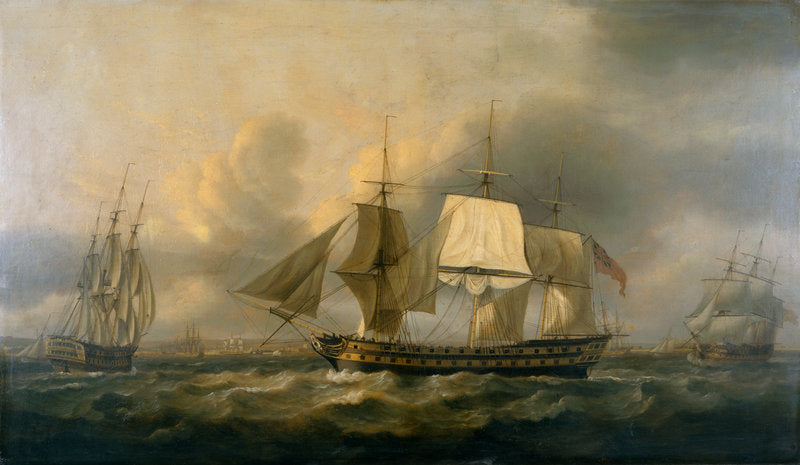
A Brief History of Coffee Blending
Blending has been a part of the craft of coffee since the cultivation of coffee spread beyond its native land of East Africa. Dutch colonists are credited with the very first blend, known as Mocha-Java, when they combined the bright, floral, and acidic coffee from Yemen (shipped from the Port of Mokha, or Mocha) with the heavy, rustic, and chocolatey coffees from Java. European coffeehouses won over tea drinkers with the balanced blend, and the global popularity of coffee began.
In the mid 20th Century, during coffee's "first wave" of mass consumption, espresso rose to fame, in no small part due to innovations in blending. Due to shortages of quality green coffee after World War II, the flavor of ubiquitous canned pre-ground coffee suffered greatly. Innovative roasters experimented blending lower-quality Robusta coffee beans with higher-quality, but more scarce, Arabica. By extracting these blends under high-pressure, concentrated espresso was found to highlight acidity in the coffee that was otherwise lacking in the lower-quality beans, making espresso a highly desirable alternative to canned coffee.
In the latter part of the 20th Century, blending continued to evolve and played an important part in coffee's "second wave," in which American companies such as Peets and Starbucks developed blends that provided a well-developed flavor profile that could be reproduced consistently across the country.
Now in coffee's "third wave", where single origin coffees often get the bulk of attention, roasters continue to lean on blends as the foundation of their offerings, and with the abundance of excellent coffee available, now have the opportunity to experiment with new and interesting combinations to create unique flavor profiles.

FreeForm Signature Blends
We're continually experimenting with blending coffees from different origins, but for a blend to make our menu, it takes months of development to get it "just right." We currently offer six blends, each suited for a unique brewing technique or flavor profile.
- Stargazer Dark Roast House Blend - Our best-selling blend is also our darkest roast. A blend of 3 Latin American coffees that can take the heat and still deliver flavor, Stargazer pairs well with cream and sugar or tastes great black. Enjoy a full body with rich notes of chocolate, caramel and graham cracker. Recommended brewing techniques: French Press, Drip Coffeemaker.
- Aurora Breakfast Blend - Our newest signature blend has been an instant hit. Sitting comfortably in between medium and dark on the roast spectrum, this easy-drinking blend is perfect for that first cup in the morning. Aurora's blend of washed process South American coffees and a natural process African highlights the smooth body and nutty notes of dried fruit and berries these origins are known for. Recommended brewing techniques: French Press, Drip Coffeemaker, Pour Over, Espresso.
- Canyon Espresso Blend - Our original blend has become a staple espresso blend for coffee bars throughout Northern Arizona. Canyon combines coffees from three different continents and medium and light roast levels to create a balanced, structured blend with a depth of flavors and aromatics. Enjoy a medium body, delicate acidity, floral aromatics, and flavor notes of chocolate, almonds, raisins, and berries. Recommended brewing techniques: Espresso, Moka Pot, Pour Over.
- Cold Brew Blend - A blend of South American and African coffees, intentionally roasted for cold extraction, taste, and texture. Lower in acidity, and higher in sugar caramelization, the rich notes of caramel and chocolate pair well with the fats in dairy, but our Cold Brew blend is also smooth and robust on its own. Recommended brewing techniques: Cold Brew, Espresso.
- Half Caff Afternoon Blend - By popular demand, we're pleased to offer a blend with half of the caffeination, but with all the flavor of our other blends. Half Caff is a 50/50 blend of our delicious Decaf Colombia Sugarcane and Stargazer Dark Roast House Blend. We roast each component separately, developing an overall medium-dark roast. Enjoy a full and creamy body, with low acidity and rich fragrant notes of chocolate and nuts. Recommended brewing techniques: French Press, Drip Coffeemaker.
- Decaf - While not technically a blend, we've fallen so deeply in love with this Colombian Decaf that we've committed to offering it year-round. In addition to a creamy body and delicious flavor profile of chocolate and dried fruit, this coffee is decaffeinated using an all-natural "sugarcane" process, without the use of any chemicals. Recommended brewing techniques: Drip Coffeemaker, Espresso.
In Conclusion
At FreeForm, our varied selection of seasonal single origin and year-round blend offerings are meant to celebrate the entire spectrum of flavor potential in coffee. We feel confident that there's a FreeForm Coffee to suit the tastes of any coffee drinker. If you'd like to learn more about which coffee is best suited for you, please take our brief Coffee Quiz or feel free to send us a note any time, we'd love to hear from you!
Until next time,
-Daniel
Hi! I'm Daniel Garland - co-founder, head roaster, green coffee buyer, and generally over-caffeinated coffee enthusiast of FreeForm Coffee Roasters, a specialty coffee roaster in Sedona, Arizona. Email me anytime
Read more
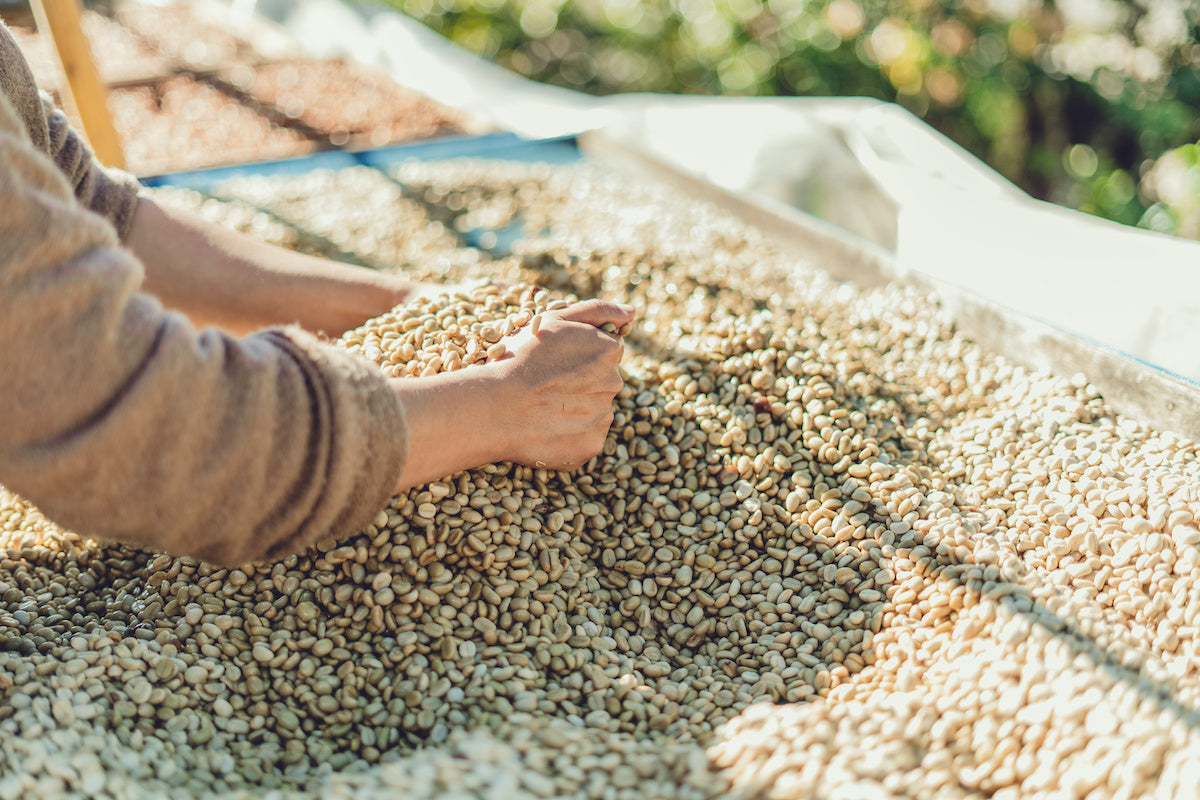
Coffee processing is a term frequently discussed in specialty coffee, and for good reason. How a coffee is processed can have a great deal of effect on the flavor and quality of a coffee, and is o...
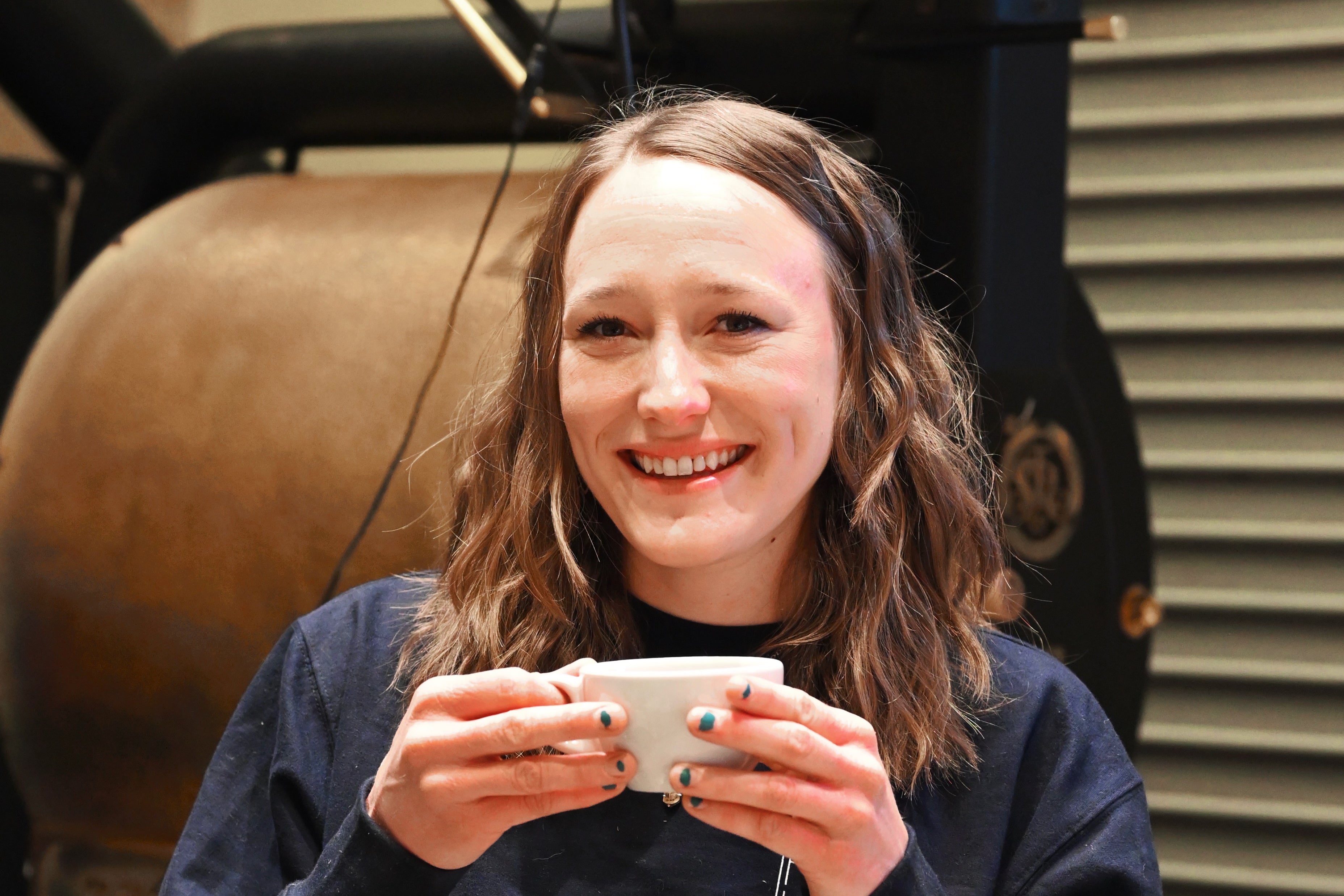
Hello fellow coffee lovers! This is Kendra, FreeForm Coffee's Lead Roaster, coming at you with one of our newest coffees from well-known producer Enrique Sanchez at Coope Libertad Finca La Canoa wh...
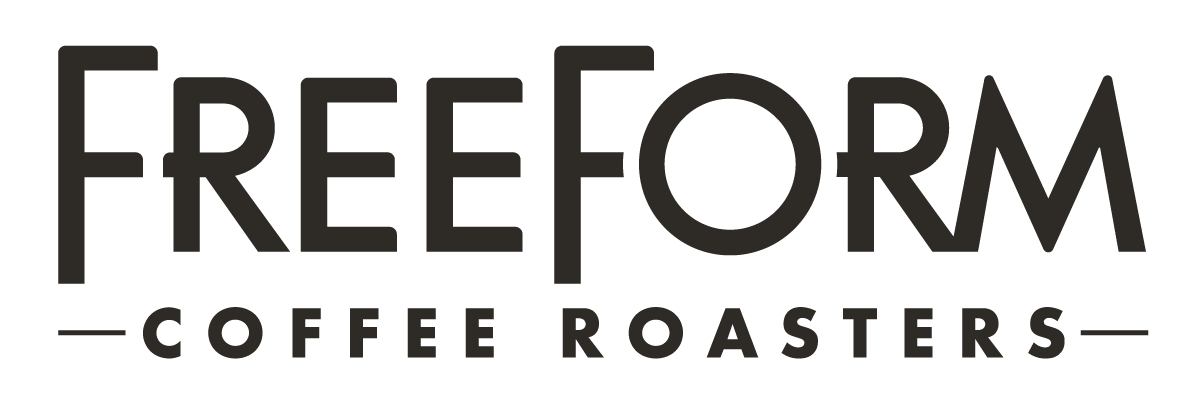


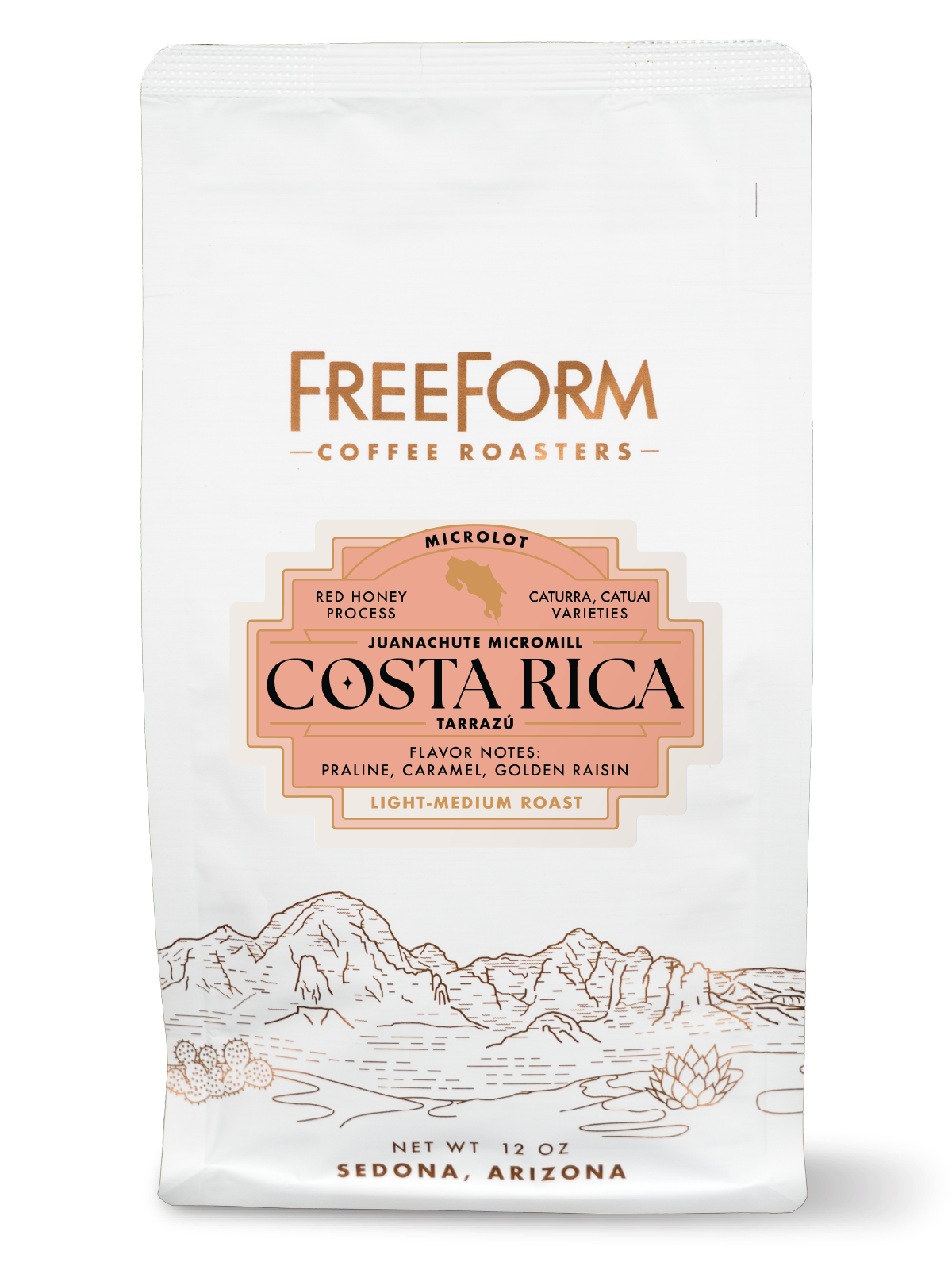

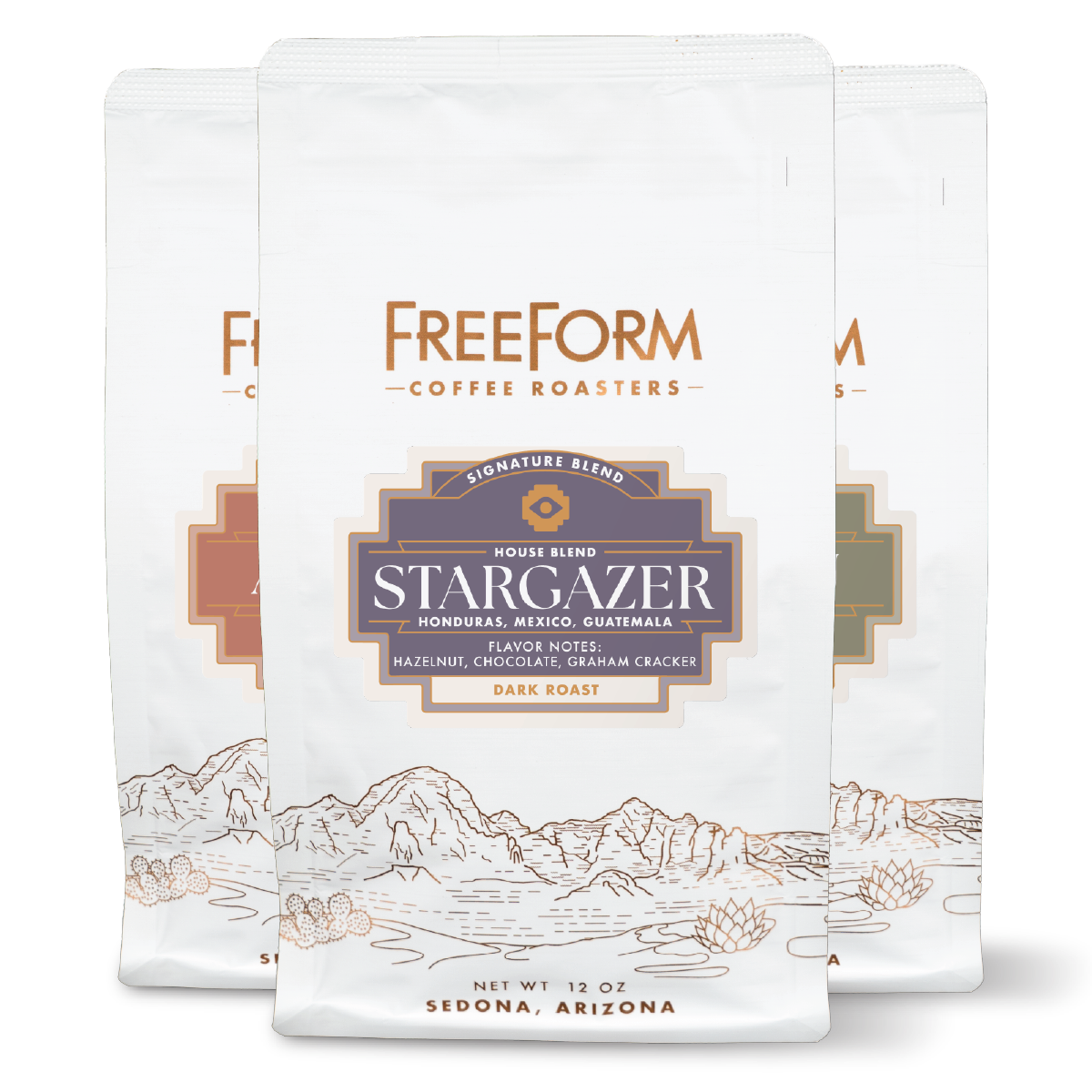
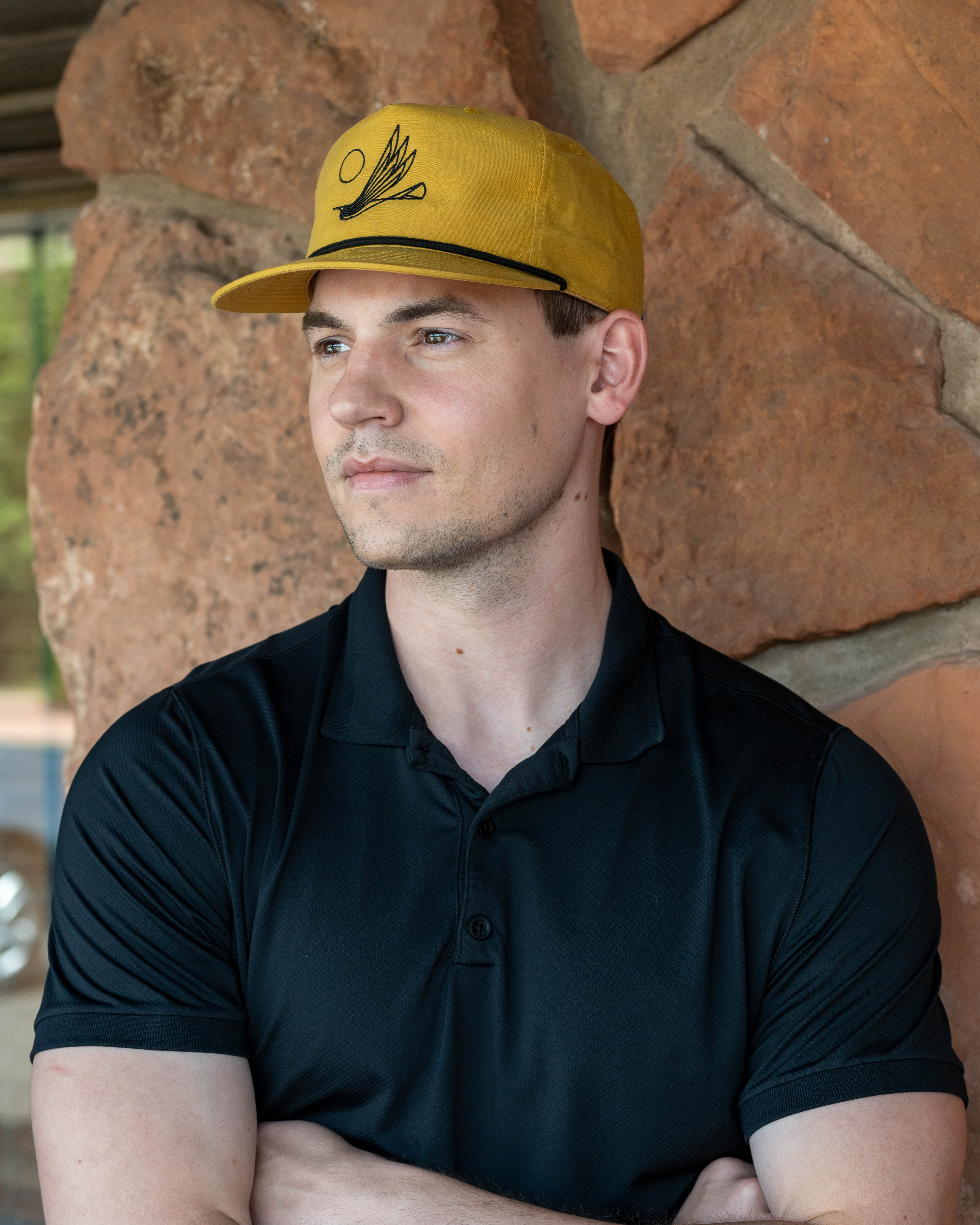
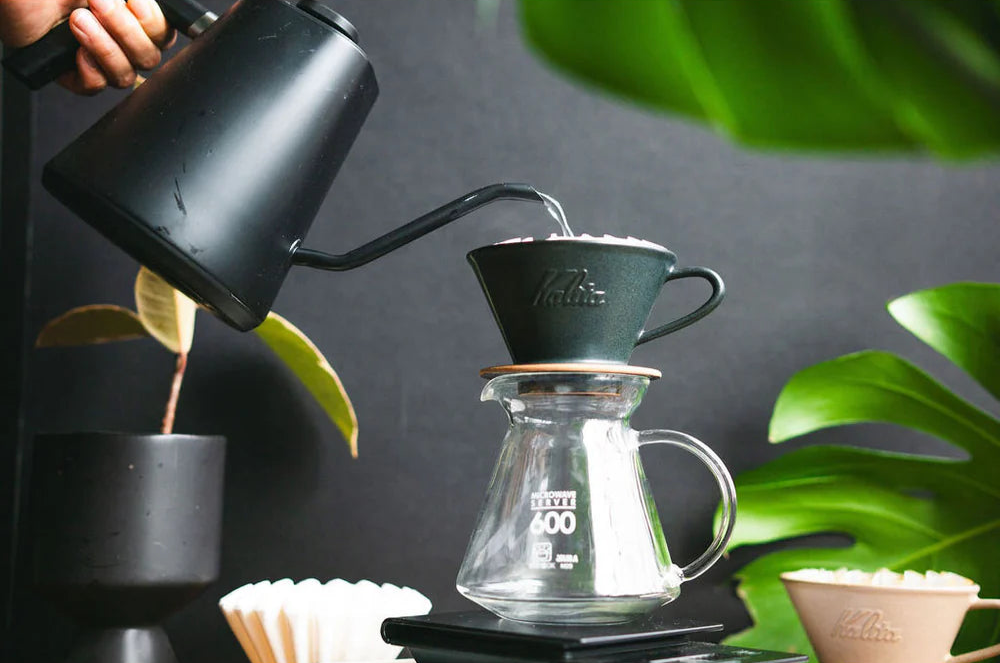
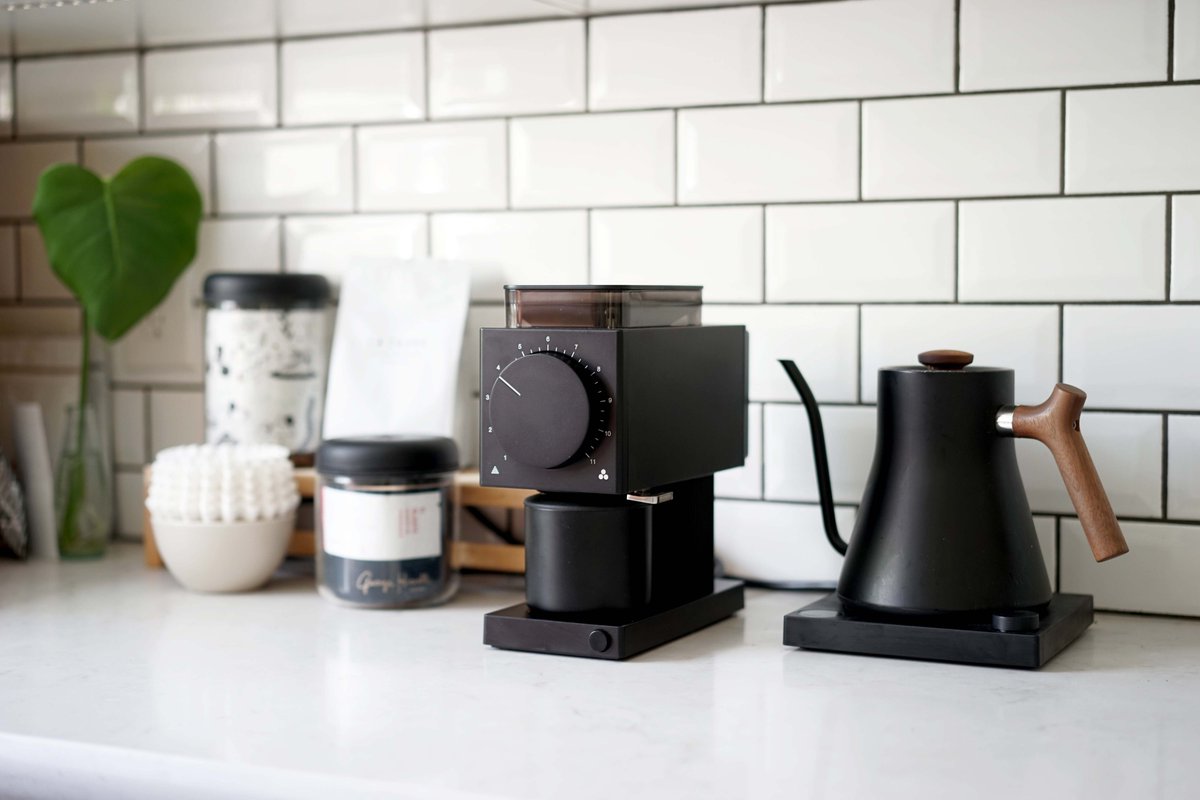
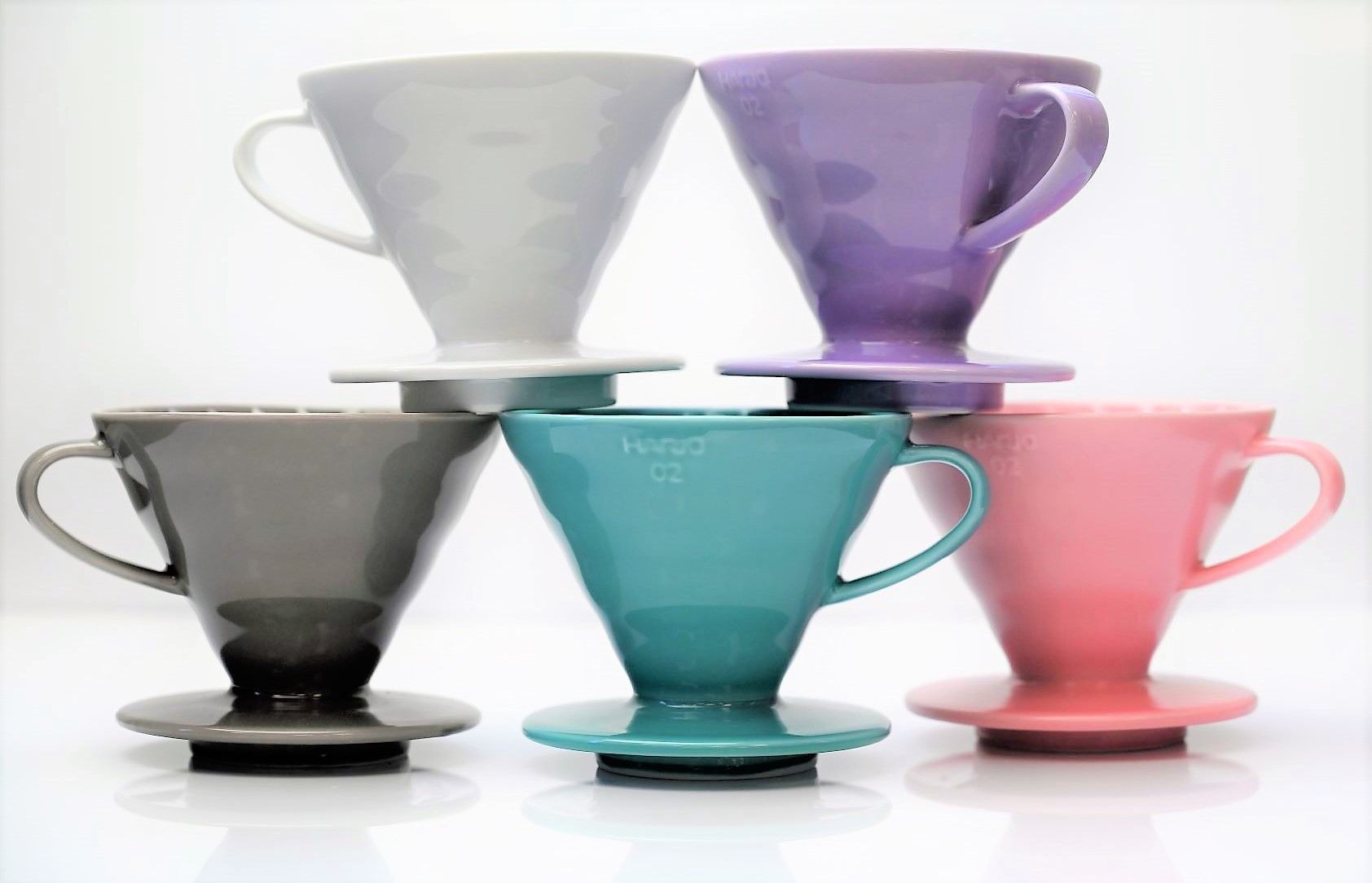
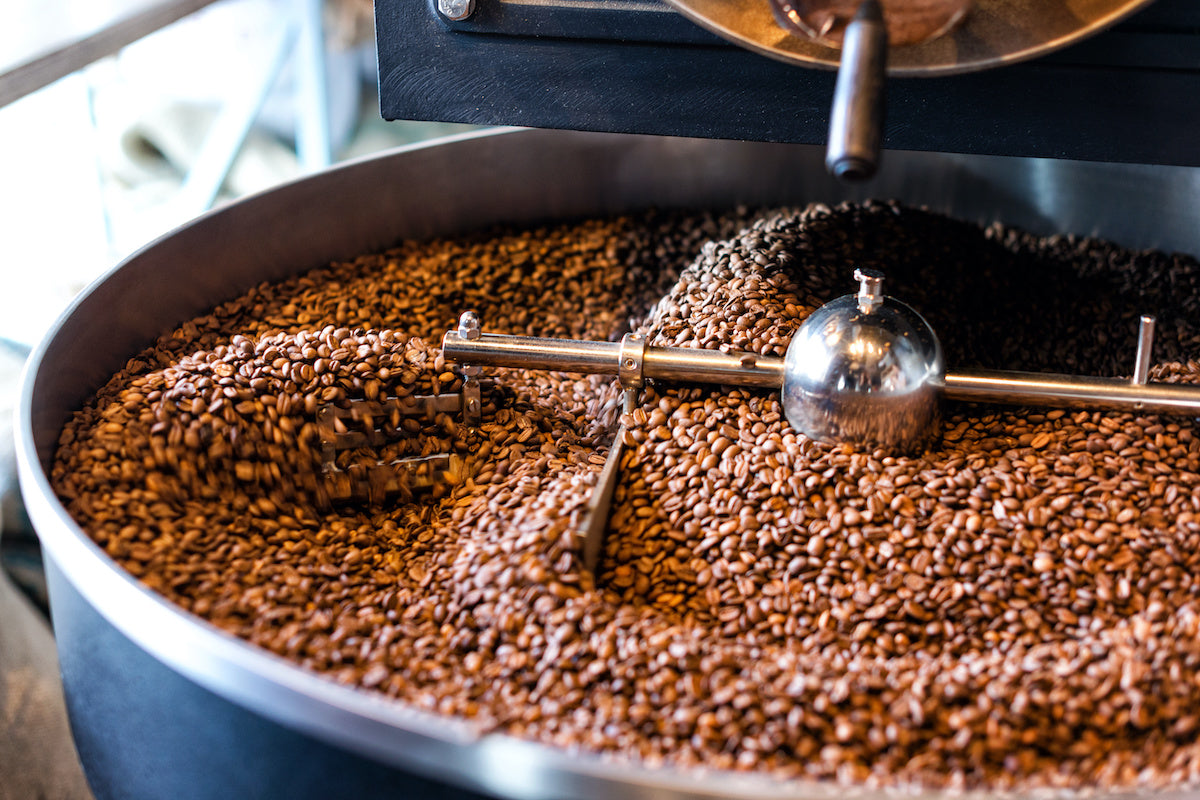



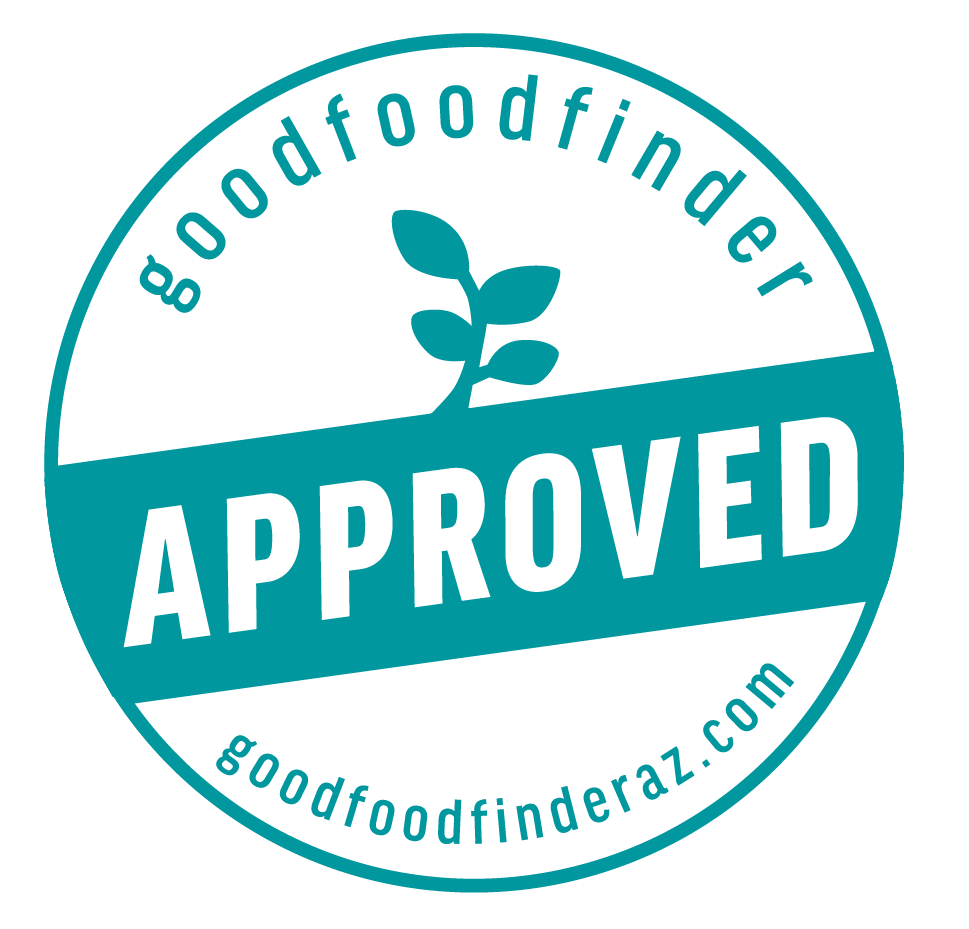
1 comment
We visited Sedona & love ❤️ your coffee’s ☕️ would love to have you in Texas!
Joni Karakashevich
Leave a comment
All comments are moderated before being published.
This site is protected by hCaptcha and the hCaptcha Privacy Policy and Terms of Service apply.